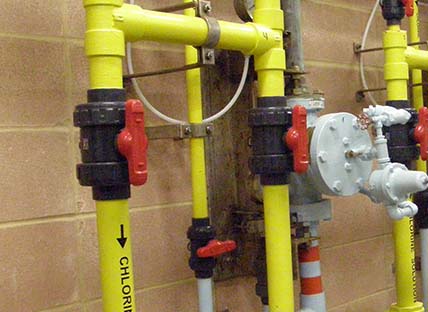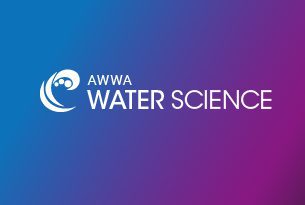Disinfection Byproducts


Disinfection Byproducts
Disinfection is a required step in drinking water treatment that is enforced to protect public health. However, when selecting the appropriate disinfectant for a specific system, it is important to note that disinfectants react with organics and inorganics in source water to form disinfection byproducts, or DBPs.
The challenge that must be addressed in the water treatment process is providing adequate protection from microbial pathogens through disinfection, while simultaneously minimizing the health risks associated with DBP formation.
Technical Resources
Reports
Manuals
M20 Water Chlorination/Chloramination Practices and Principles
Complete information on the use and application of chlorine and chloramines in water treatment.
Get the Manual
M56 Nitrification Prevention and Control in Drinking Water
This manual offers current and practical approaches to nitrification prevention and response to a nitrification episode in chloraminated drinking water distribution systems.
Get the Manual
M68 Water Quality in Distribution Systems
This manual will help drinking water utilities and professionals understand the factors that affect water quality, ways to address them and best practices for optimizing distribution system water quality.
Get the Manual

Advertisement
Events With a Focus on Contaminants of Convern
See All Events
Water Quality Technology Conference
Discover the latest science, research, and engineering and solutions to fight drinking water contamination.
November 9-13, 2025
Tacoma, WA
Annual Conference & Expo
The world of water is finite. Find new ways to protect and conserve.
June 21-24, 2026
Washington, D.C.

AWWA Policy Statements
AWWA’s policy statements are brief statements on protecting and improving water supply, water quality, management, and the interests of the public and the environment. They are written by consensus, subject to review and comment by AWWA committees, councils, and members. Because they represent AWWA’s position on these matters, they are approved by the AWWA Executive Committee of the board of directors.


Technical Committee Engagement
AWWA members are recognized globally for their industry expertise and their generosity in sharing that expertise for a better world through better water. AWWA members participate in committee activities, developing conference programs, writing technical manuals, developing standards, creating educational content, and contributing to AWWA publications. Committee members primarily interact through conference calls, emails, and face-to-face meetings at conferences and events.
Distribution System Water Quality Committee
Disinfection Committee
Emerging Water Quality Issues Committee
Water Quality Laboratory Committee
Advertisement






